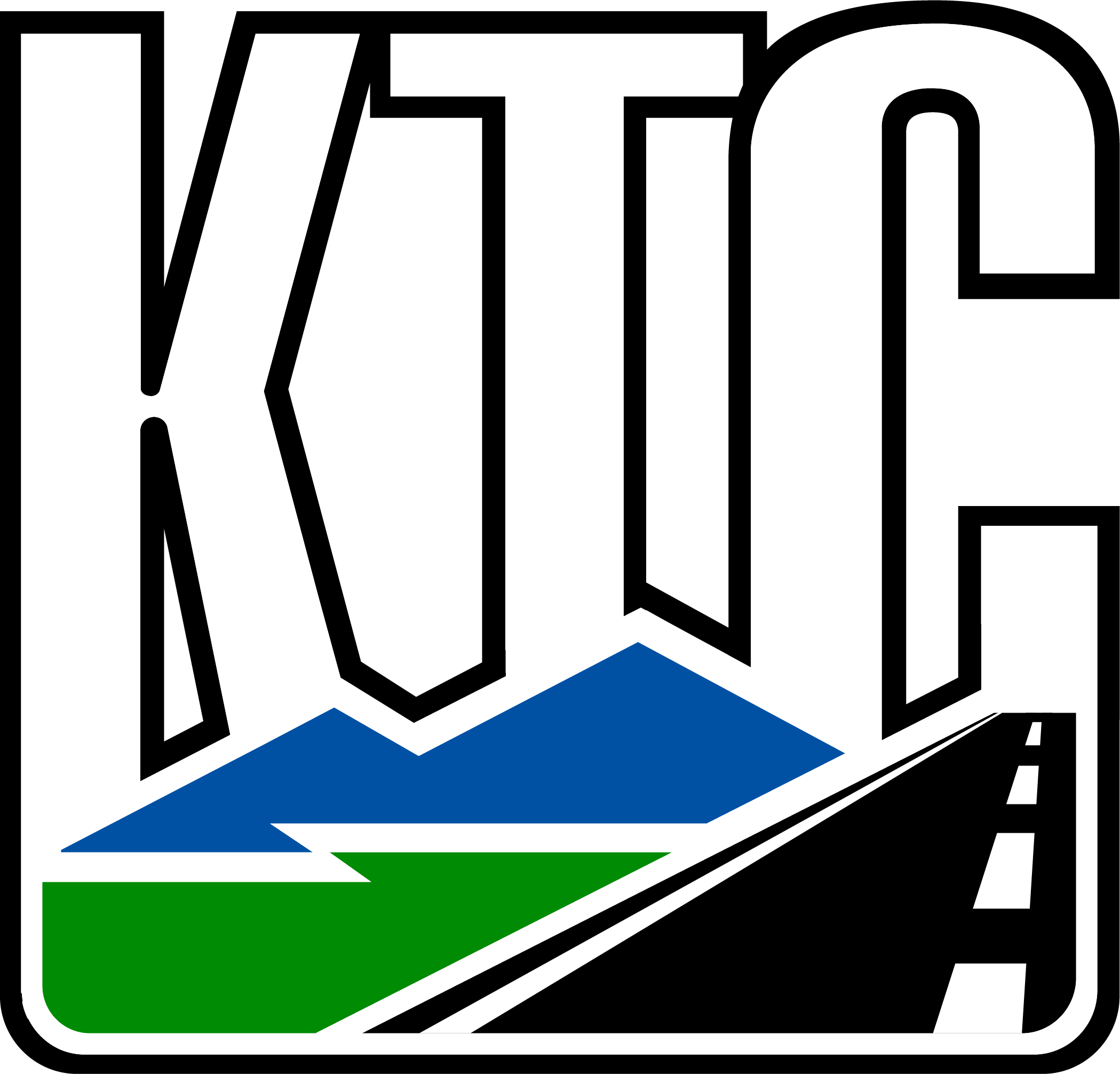- Separated bicycle lanes parallel roads but are physically separated from vehicle traffic. Common barriers used for this purpose include curb separations, landscaped medians, flexible delineators, bollards, or other vertical structures. When determining if a facility warrants separated bicycle lanes it is important to balance tradeoffs related to traffic flow against bicyclists safety benefits. Table 29.1 lists design guidelines for separated bicycle lanes.
| Table 29.1 Design Guidelines for Separated Bicycle Lanes | |
| Design Element | Guideline |
| Bicycle Lane Width |
|
| Combined Parking Lane and Buffer Width |
|
| Width of Barriers Between Bicycle Lane and Vehicle Traffic |
|
| Markings |
|
| Signs |
|
| Vehicle Sight Triangles |
|
| Landscaping |
|
CONTACT:
Chris VanDyke
Research Scientist | Program Manager
chrisvandyke@uky.edu


